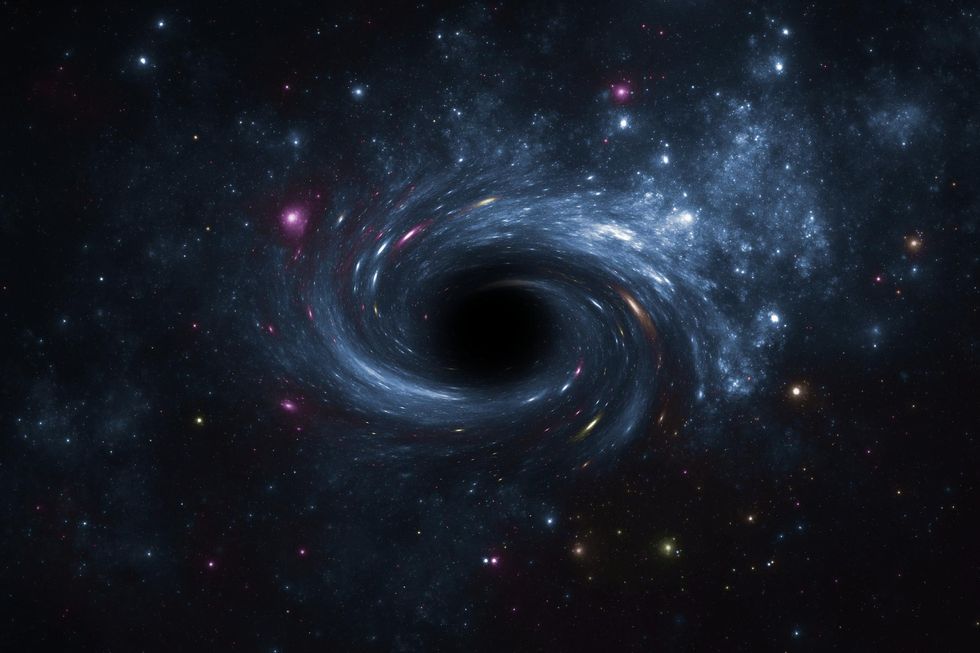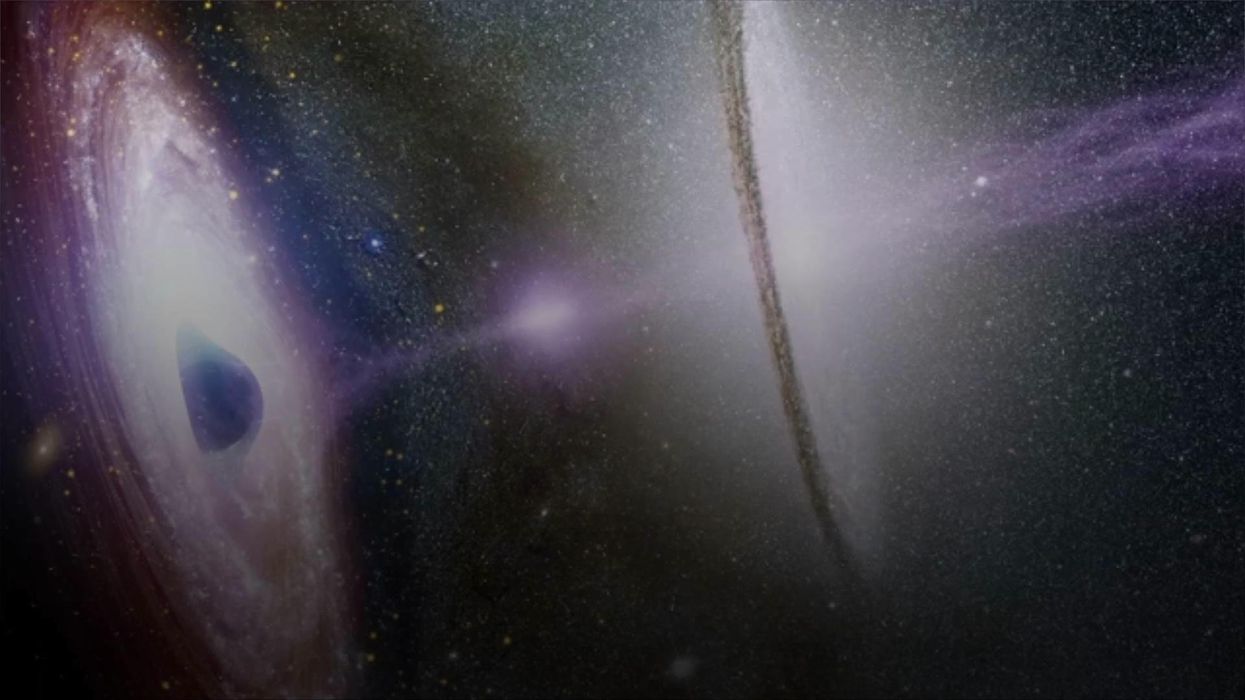Sinead Butler
Sep 04, 2024
Astronomers Detect Mysterious Star That Defies Black Hole Theory
Scientists have managed to simulate their very own black hole in their lab and witnessed how it began to glow.
The black hole event horizon was created by a team of physicists from the University of Amsterdam, who used a chain of atoms in a single file to gain further understanding about the behaviour of a black hole.
Its creation managed to prove Stephen Hawking's theory from 1974 where the black hole emitted a rare form of radiation.
They studied the properties of Hawking radiation through the creation of a black hole analog in the lab. According to Science Alert, Hawking radiation happens when "particles born from disturbances in the quantum fluctuations caused by the black hole's break in spacetime."
The fact that the radiation exhibits a glow itself is in a strange space anomaly, as the event horizon of a black hole is supposed to be where neither light nor matter is able to get out.
We all learn about the strength of a black hole in science class – and how we would all be inevitably sucked in as a result.
This is possible due to its density within a certain range of the centre, so even an attempt at travelling beyond light speed (or any velocity in the universe for the matter) would not make this unavoidable.

The fake black hole event also caused a rise in temperature that matched theoretical expectations of an equivalent black hole system, - but only when part of the chain extended beyond the event horizon, Science Alert reported.
As a result, it is believed perhaps this entanglement of particles that straddle the event horizon plays a big role in generating Hawking radiation.
Under simulations that began by mimicking spacetime thought of as "flat," scientists say the radiation was only thermal for a certain range of 'hop amplitudes'.
So there may be certain situations where Hawking radiation can emit thermally - and could only be the case where gravity causes a change in the warp of space-time.
"This can open a venue for exploring fundamental quantum-mechanical aspects alongside gravity and curved spacetimes in various condensed matter settings," the scientists wrote in their paper published by Physical Review Research.
Sign up to our free Indy100 weekly newsletter
Have your say in our news democracy. Click the upvote icon at the top of the page to help raise this article through the indy100 rankings
Top 100
The Conversation (0)














